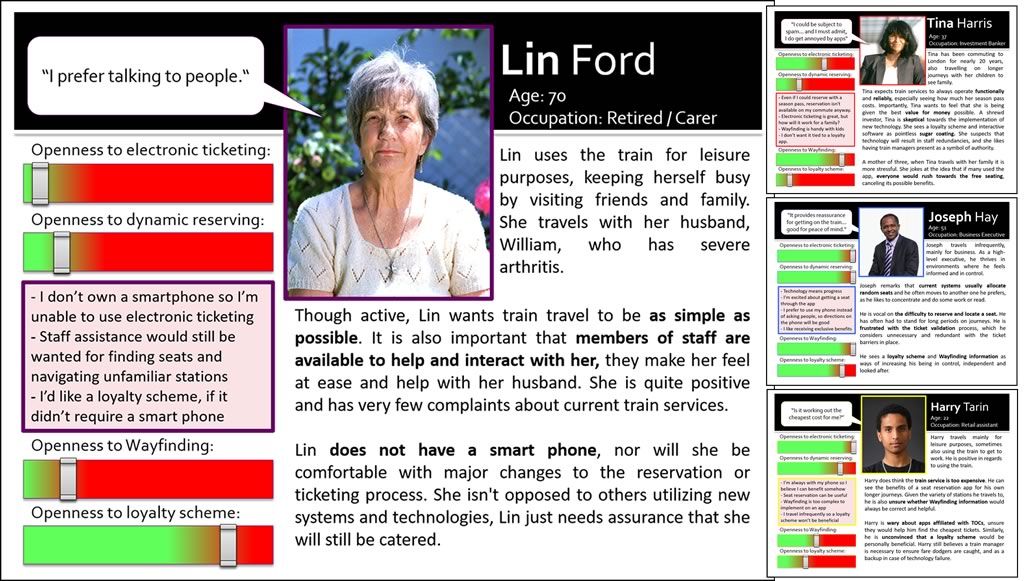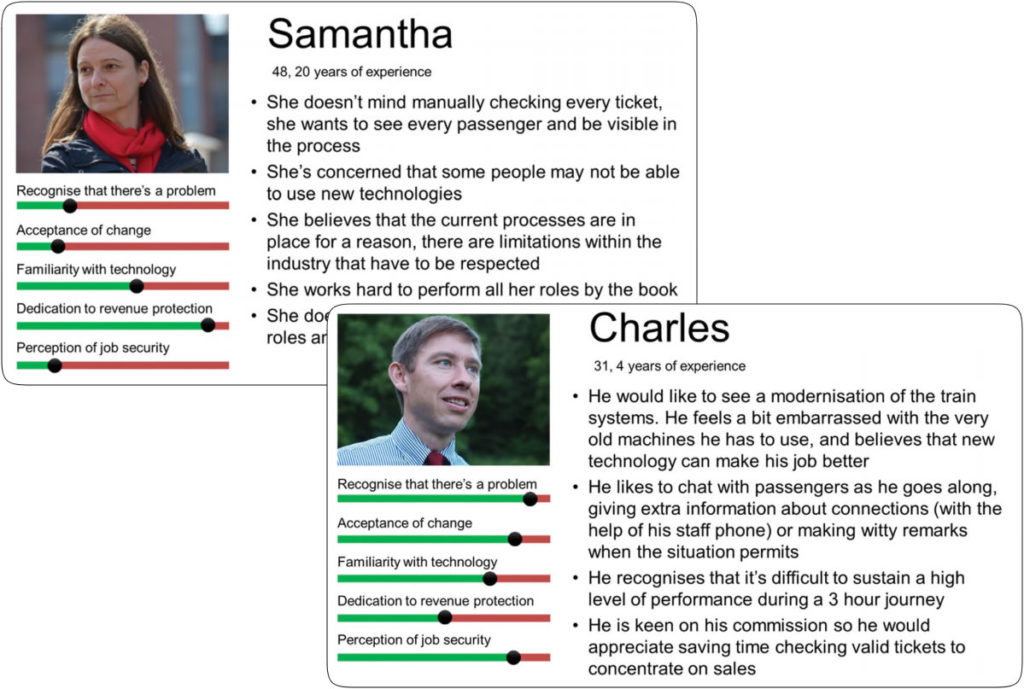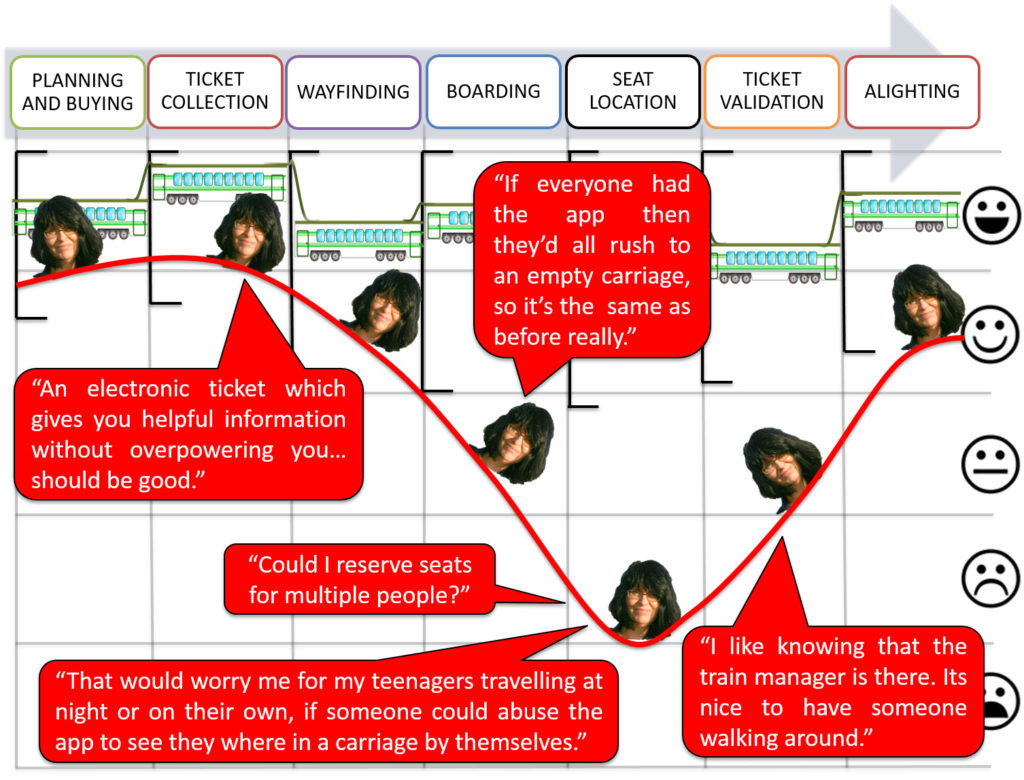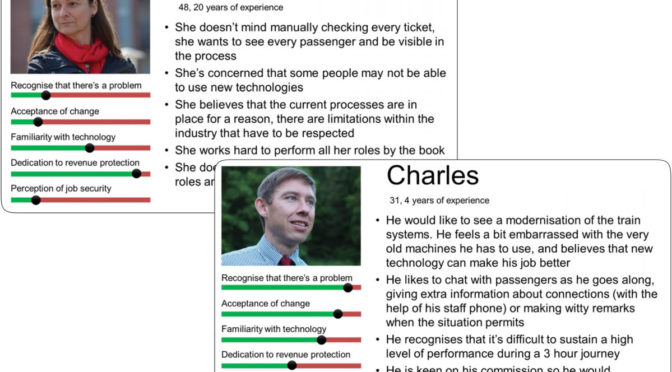One of the design tools used to provide a clearer picture of users beyond market segmentations and demographics is personas. They can give a precise description of users and define what they wish to accomplish, representing archetypical users to facilitate the understanding of their behaviours, needs, motivations, characteristics and limitations. Having a small set of personas makes the real users more tangible, especially for large organisations or multi-partner projects with diverse stakeholders, where some of them are not familiar or not involved with the user research. With personas, the users are presented with realistic names, photos, some demographic information and textual descriptions to make them credible representations of the user population.
In-depth interviews are usually the main data collection method to design personas, but practitioners may also use quantitative data to improve the reliability of the resulting personas. I present below personas created for the CLoSeR project, which proposed innovative technology to the rail industry in the UK.
Passenger personas
I created four personas to represent how users interact with train systems, and how the introduction of technology would impact their journeys. Interviews were the main data collection during this study.

Crew personas
I also created personas to represent onboard crew, often neglected by user research. Interviews and shadowing with 22 crewmembers were performed to collect data and produce these results.

Personas within customer journey maps
Further analysis were performed to place personas on their customer journey maps. Results indicated where the different users have their particular issues. Experiences may be worse for some people in different scenarios, highlighting where the technology could be improved to provide better journeys.

Outcomes
Creating personas for this project allowed us to have direct implications on the design of the proposed system. Via these personas the system engineers and business developers understood that some of the features of the app may not be well received by certain users. It prompted rethinking and redesigning to make sure some users were not discriminated. This process of inclusion is especially important for services targeting the whole population such as rail travel.
